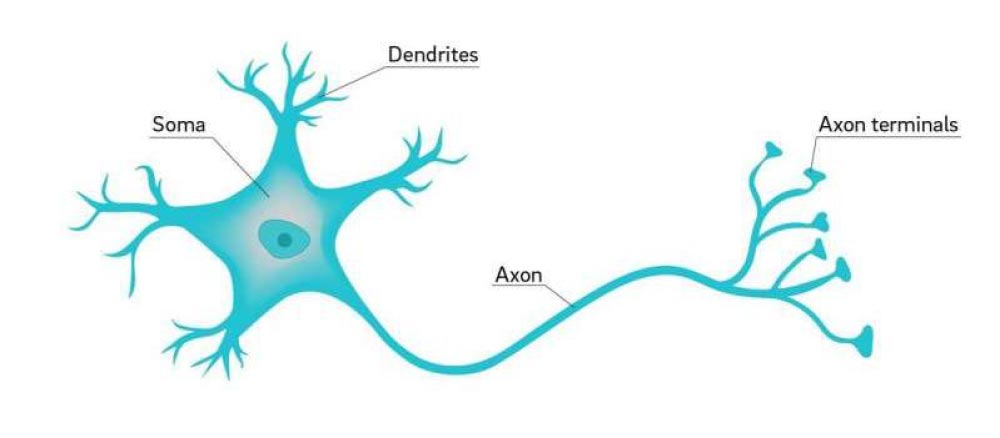Intro
Explore the structure of the ultra-specialized cells that make up our brain, spinal cord, and nervous system as you craft your own model out of pipe cleaners!
Volunteers: 2-4
1: to discuss the procedure/background science.
1-3: to hands-on assist with the procedure.
Equipment
- Scissors (child safe)
- Template images of neurons (many different types)
- **Garbage bags, paper towels/surface cleaner (or other safe disposal method)
Materials
- Pipe cleaners (many sizes, colours, etc.)
Procedure
- Lay out a pile of pipe cleaners, some child safe scissors, and template images of neurons
- Allow students to craft their own!
- There are several ways to do this, let the creativity flow (a particularly creative lead volunteer on this demo is always a great idea)
Background Science
Learning Question: What are neurons? What do they do? What are the different types? What do they look like?


Neurons (also called nerve cells) are the basic unit of the animal nervous system. The nervous system, a highly complex system made up of the brain, spinal cord and nerves, has three main functions in animals: first, the nervous system collects sensory input from the body and its external environment. Second, the nervous system processes and interprets this sensory input. And finally, the third main function of the nervous system is to respond appropriately to this sensory input.
Neurons, the functional cells that make up the nervous system (in addition to support cells), are the specialized cells that carry electrical impulses, or signals, all throughout the body. Neuron chains (neurons connected to one another) are what allow complex communication between the brain, spinal cord and body to occur.
A neuron has four basic parts, a soma or cell body, dendrites, an axon and the axon terminals. The dendrites collect (and sum up) multiple signals (both excitatory/positive and inhibitory/negative) from the previous neurons. The soma then interprets this summed signal and decides whether or not to initiate its own signal. If the soma does initiate a signal it sends this signal down the axon. The axon terminals (or synaptic terminals) then perform their function to send that signal off to the following neuron (or the responsive body part if it is the final neuron in the chain). The first neuron is called the pre-synaptic cell and the following neuron is called the post-synaptic cell. They are connected by what is called the synapse.

In the bottom two diagrams you will also notice the bubble-like tissue surrounding the axons of neurons. This is called the myelin sheath and its purpose is to insulate the axon and protect the electrical signal (ensure it proceeds uninterrupted) and to maintain the electrical signals speed. The myelin sheath is made up of support cells (oligodendrocytes and Schwanns cells) wrapping themselves around the axon repeatedly.

There are four classes of neurons, based on their structure: anaxonic (no clear axon), bipolar (two sections entering and leaving the cell body), unipolar (only one section entering and leaving the cell body) and multipolar (multiples sections entering and leaving the cell body).
And there are three classes of neurons, based on their function: sensory (from the peripheral nervous system to the central nervous system), relay or interneurons (within the central nervous system) and motor (from the central nervous system back out to the peripheral nervous system).



In the simplest set-up (called a reflex arc) there are just three neurons in the chain, just three neurons picking up the external stimulus, interpreting the stimulus and sending out an appropriate response. An example of a reflex arc is the knee-jerk reflex, how your knee jerks when it is hit forcefully. Walking is also controlled by a simple reflex arc (you don’t have to “think” about walking). Another well known reflex arc is the retraction response to pain (when you quickly pull your hand away from a burning object, for example). All of these reflex arcs have evolutionary value.
Throughout the body there are several types of neurons, all looking a little bit different (here are just a few examples), get creative!




























